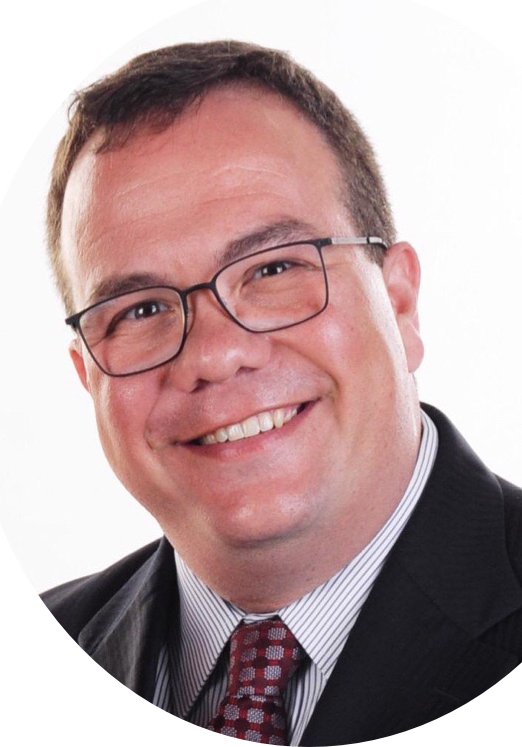 São Paolo, Brazil is a city with 20 million inhabitants — all served by a nationalized healthcare system that has struggled to find enough specialists to offer those residents care in a timely manner.
São Paolo, Brazil is a city with 20 million inhabitants — all served by a nationalized healthcare system that has struggled to find enough specialists to offer those residents care in a timely manner.
Take dermatology, for instance. The city had a waitlist of more than 60,000 people, each waiting around a year and a half to see a dermatologist. So city officials decided to see if telemedicine could reduce the strain.
The city set up a call center and reached out to everyone on the waiting list, instructing them to go into their general practitioner office, where a doctor of nurse takes a picture of the skin complaint in question. The pictures are analyzed and prioritized by an algorithm and checked by dermatologists, and patients are told, depending on the results of the analysis, whether they could be treated by their GP, they need to see a dermatologist or they need to have a biopsy to check for skin cancer.
“Within six months, we reduced the lines to zero and we were able to show that 70 percent of the patients can go back to the general practice; they don’t need the dermatologist,” Eduardo Cordioli, general manager at the Albert Einstein Israelite Hospital in São Paolo, told MobiHealthNews. “And 30 percent of the patients need a dermatologist. Only 3 percent of patients needed to have a skin biopsy.”
In addition to triaging patients, the algorithm uses machine learning to become better and better at making diagnoses itself. It currently boasts 80 percent accuracy.
“The first goal of the artificial intelligence is screening,” Andre Pires dos Santos, chief software engineer, said. “So we have intelligence that can tell us what kind of lesion are we dealing with and what the priority is for the doctor to treat this lesion. We also provide a suggestion for the doctor about the diagnosis, but it’s a secondary process. It’s not the primary goal.”
The team is now looking at ways to scale up the offering to serve not just São Paolo, but the rest of Brazil. They’re also hopeful that the algorithm can be exported to other countries, as well as the model of the intervention.
“Fever in Brazil is different from fever in England, because fever in England or the United States is [unlikely] to be dengue, but fever in Brazil in the summer can be dengue,” Cordioli said. “But a skin lesion? A skin lesion is almost the same between countries. So it’s possible [to use the algorithm elsewhere]. It’s just translation of the words I think.”
Cordioli and Santos will be presenting their session, titled “Developing a Large-scale Tele-dermatology Program” at HIMSS19. It is scheduled for Thursday, February 14 from 2:30-3:30 p.m. in room W308A.
HIMSS19 Preview
An inside look at the innovation, education, technology, networking and key events at the HIMSS19 global conference in Orlando.













